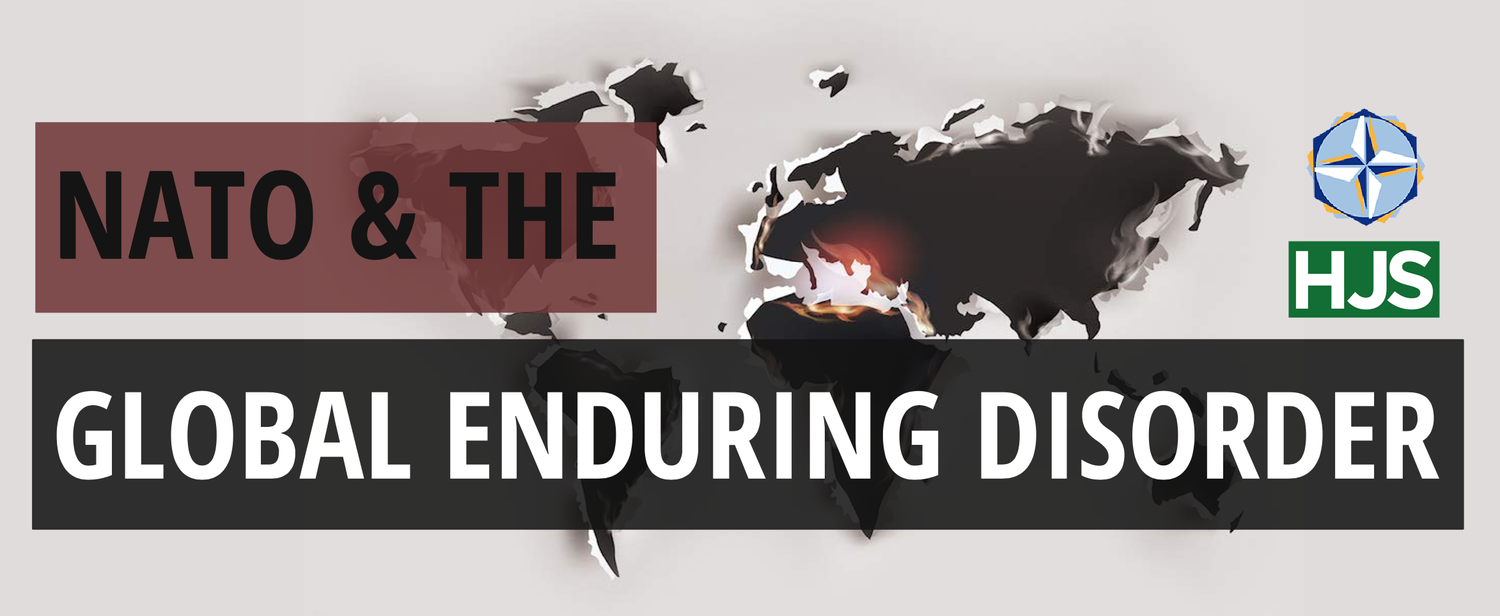A ceasefire would mean victory for Putin
There wasn’t much for Vladimir Putin to celebrate on 9 May, Russia’s Victory Day. After ten months of fighting and tens of thousands of Russian casualties, Bakhmut, a strategically irrelevant town the size of Bognor Regis, is still in Ukrainian hands. The final insult came as Moscow accused Kyiv of attempting to assassinate Putin by firing drones at the Kremlin. That may prove to have been yet another Russian false flag, used to justify further escalation against Ukraine. No matter who was responsible, it makes Russia look weak and vulnerable.
In Kyiv, at the end of April, I met a range of senior officials, politicians and military figures and from talking to them it was clear that Ukraine is determined, focused and resolute. But the nation’s leadership knows that Western support has a limit, for example over NATO membership. “We don’t expect a fully fledged invitation to join NATO at the Vilnius summit,” a senior Ukrainian politician told me at a private briefing. “But we do need a political commitment.”
I nodded, but then asked myself, “why don’t you expect a fully-fledged invitation?” After all, NATO has told Ukraine that it “will become a member” of the alliance. And yet, that alliance, and particularly the United States is not even willing to give Ukraine a pathway to membership. Yes, Russia’s war means that there are good reasons not to admit Ukraine immediately. But offering them a way to achieve eventual membership feels like the obvious option.
United States support has been one of the key factors in bolstering Ukrainian resistance, and President Biden deserves much of the credit for that, taking a bold decision to provide crucial weapons. Britain has also given important support, recently providing Ukraine with cruise missiles. But, at the same time the US, Germany and even Hungary, Russia’s European client state, are resisting the creation of a roadmap for Ukrainian membership of NATO. Supporting Ukraine from one side of the Atlantic is one thing. Having them as full members of NATO, with all the obligations that go with that, including the nightmare scenario of US boots on the ground, is another thing entirely. With a presidential election looming, Biden is trying to limit his political liabilities.
When it comes to the question of providing the Ukrainians with F-16 fighter jets, the situation is similar. Ukrainian officials know they have little chance of getting these US-made aeroplanes, at least in the short term. It is, once again, seen as a step too far inside the Biden administration, even though the F-16 is not state of the art – it entered service in 1976.
Giving Ukraine F-16s would not give them the tools to deliver a knockout blow to Russia. But at least, unlike Ukraine’s current MIG fighters, the F-16 comes closer to matching the missile range of Russia’s jets. At present, Ukraine is seriously outgunned in the air. But the western alliance is not ready to solve that particular problem.


